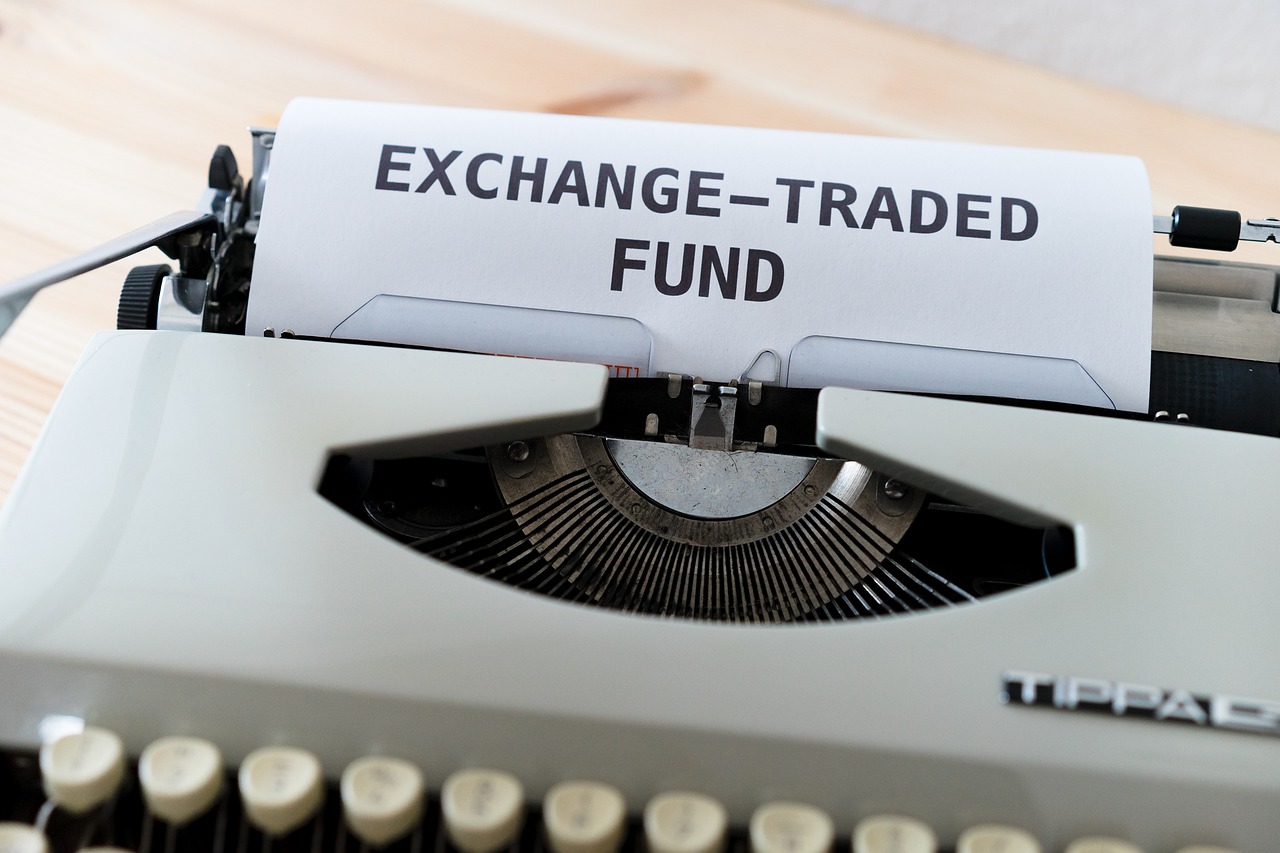The world of exchange-traded funds — still synonymous with passive investing — is turning into a battleground for Wall Street’s biggest players as they compete for a slice of the active-management industry.
Q4 2022 hedge fund letters, conferences and more
Active products have scooped up almost a third of the $49 billion flooding into ETFs this year, as stock pickers take on new luster in an era of Federal Reserve policy tightening and investors funneling cash ever more into tax-efficient vehicles. That’s a record share of flows, though it’s still just 6% of the $7 trillion market by assets.
The deluge of new cash is kicking off an arms race of sorts among issuers. With the likes of BlackRock Inc. and Vanguard Group largely controlling the passive market thanks to virtually zero-cost S&P 500 funds, firms such as JPMorgan Chase & Co. and Dimensional Fund Advisors are locking horns at the top of the active leaderboard.
And the arrival of Morgan Stanley’s first ETFs this month is upping the ante.
“We are laser-focused on active management. That’s our core competency, that’s what we do at Morgan Stanley Investment Management,” Anthony Rochte, Morgan Stanley’s global head of ETFs, said in a Bloomberg Television interview. “Longer-term, you can expect to see more active from us. I’m not sure we’re going to go to almost zero with the passive ETFs.”
Those are fighting words from the Wall Street giant, which commands about $5.5 trillion of assets across its wealth and investment management divisions — including hundreds of billions in existing ETFs. The potential that Morgan Stanley might eventually redeploy some of those assets to its own funds makes it a clear threat to the current leaders of the active ETF business.
JPMorgan Asset Management’s Bryon Lake projects that active ETFs in the US will grow almost eightfold over the next five years to $3 trillion from $384 billion currently, with the ETF industry overall more than doubling to $15 trillion.
Read the full article here by Katie Greifeld, Advisor Perspectives.



